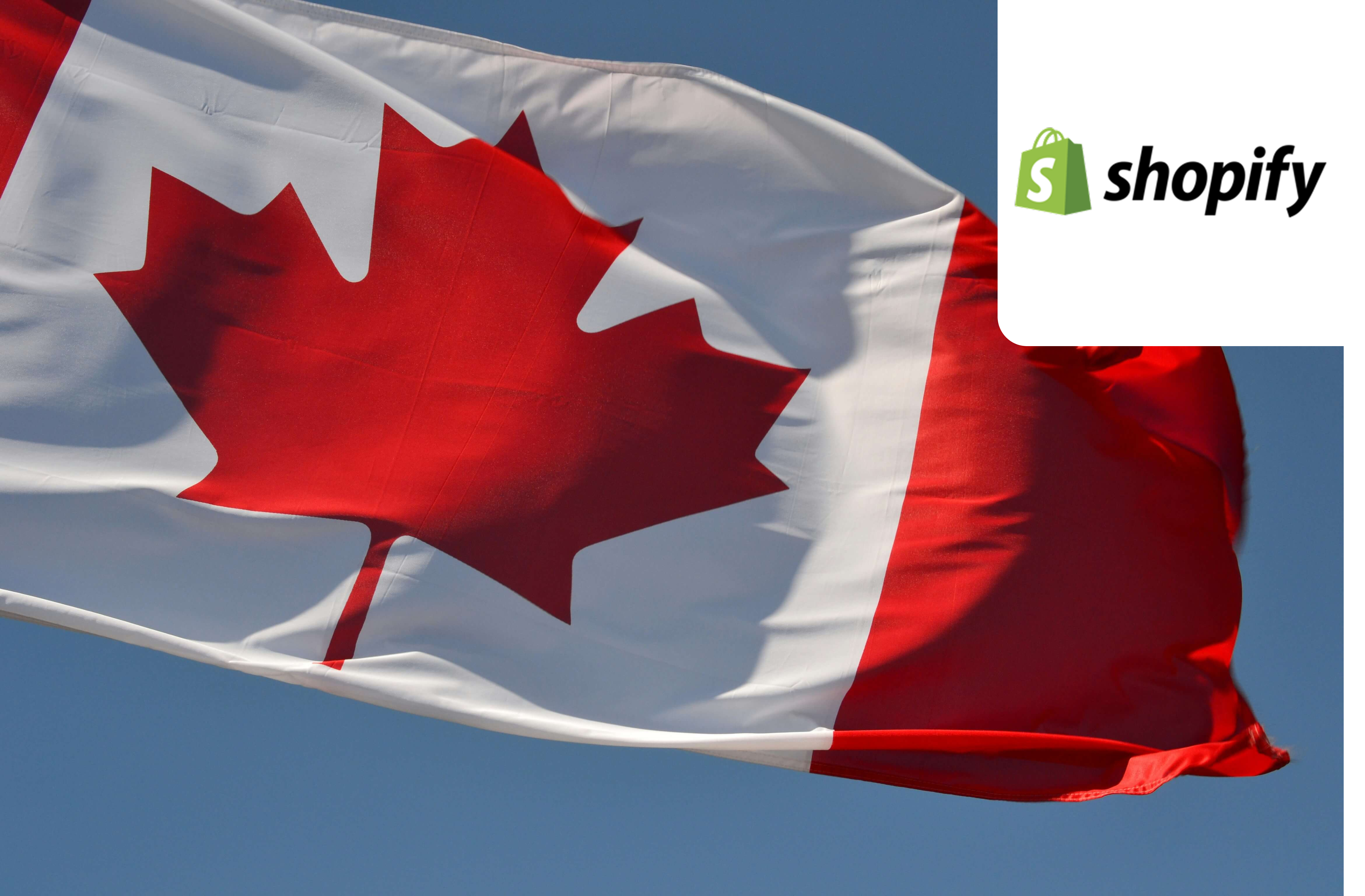Fastest Growing New Zealander E-Commerce Stores
Written by Diogo Matos  |
Last updated on 5th December, 2025
|
Last updated on 5th December, 2025
In 2025, New Zealand ecommerce stores are operating within an evolving ecommerce environment.
Generally speaking, Instagram accounts in this niche saw a weekly growth of 152.5 followers, with an average engagement rate of 4.12% — showing that consumer interest remains strong on social media.
In contrast, organic search performance fell, with traffic falling by -16.8% across the industry. This reveals increased competition or reduced search visibility, pushing SEO agencies to develop new methods of bringing in Organic Traffic, such as ranking on AI models.
When it comes to paid channels, roughly 65.3% of stores have ran Meta ads at least once, and 62.0% have executed Meta ads recently. Paid search stays underdeveloped, with only 15.1% of stores leveraging it—providing space for forward-thinking businesses to exploit less crowded advertising space.
This information highlights the key insights for agencies and ecommerce professionals aiming to benchmark performance, spot untapped channels, and track industry-wide shifts.





Organic Social Trends for New Zealand E-Commerce Stores
Organic social trends for New Zealand e-commerce stores show varied growth patterns across platforms. Instagram has witnessed fluctuations in organic traffic, peaking at 683.87 in August 2025 and slightly dipping to 675.42 in November 2025. In terms of Instagram followers, there has been a consistent average growth of 152.51 followers per week in 2025, reflecting the platform's ability to attract and engage more customers.
TikTok, on the other hand, has displayed significant volatility in its organic traffic. The most notable spike occurred in July 2025, with an average traffic of 2143.89, while the latest figure in November 2025 shows a traffic of 839.11. Despite this decline, TikTok remains an influential platform for businesses aiming to reach a younger audience.
The activity in terms of content creation has also seen changes. Instagram posts per week in November have dropped by 3.78 compared to the previous month, while TikTok uploads have decreased by 2.27. This reduction may indicate a strategic shift or resource allocation, with stores possibly focusing on optimizing content quality over quantity to maintain engagement rates.
% of Traffic from Organic Instagram Over Time
Percentage of total traffic coming from organic Instagram posts and stories
% of Traffic from Organic TikTok Over Time
Percentage of total traffic coming from organic TikTok videos